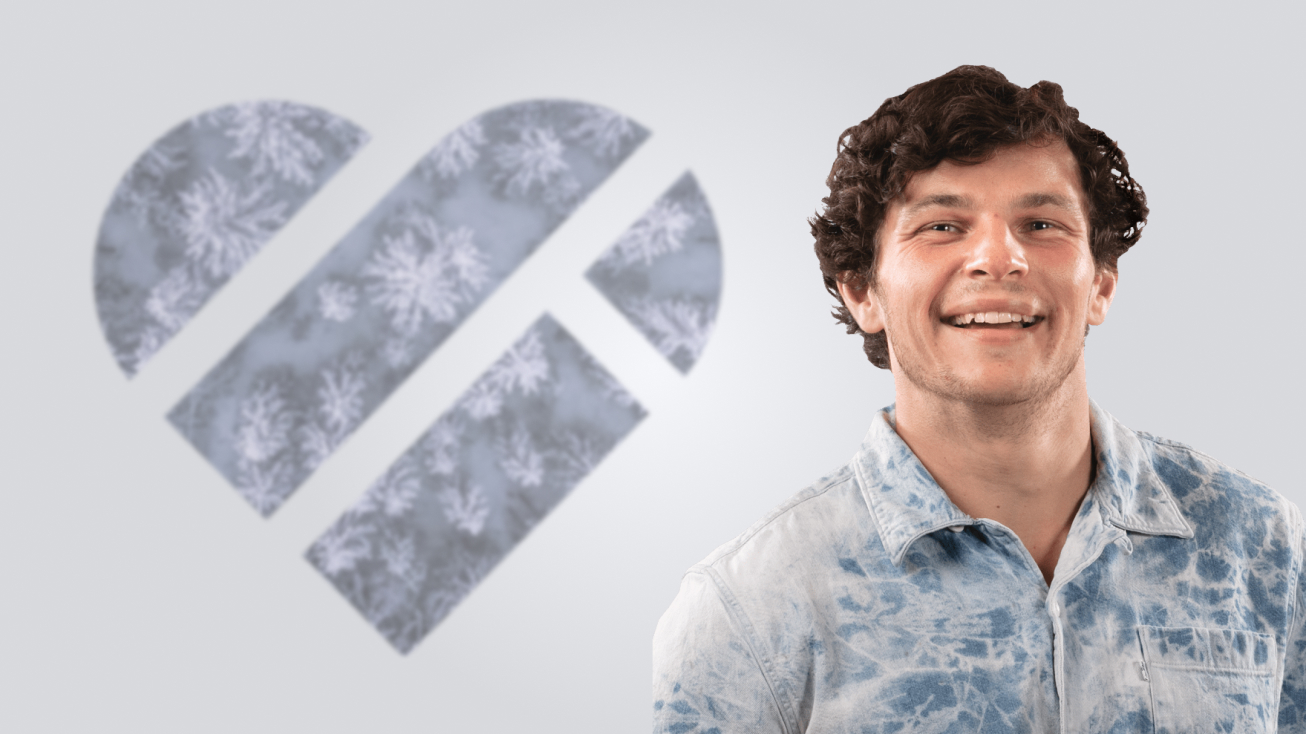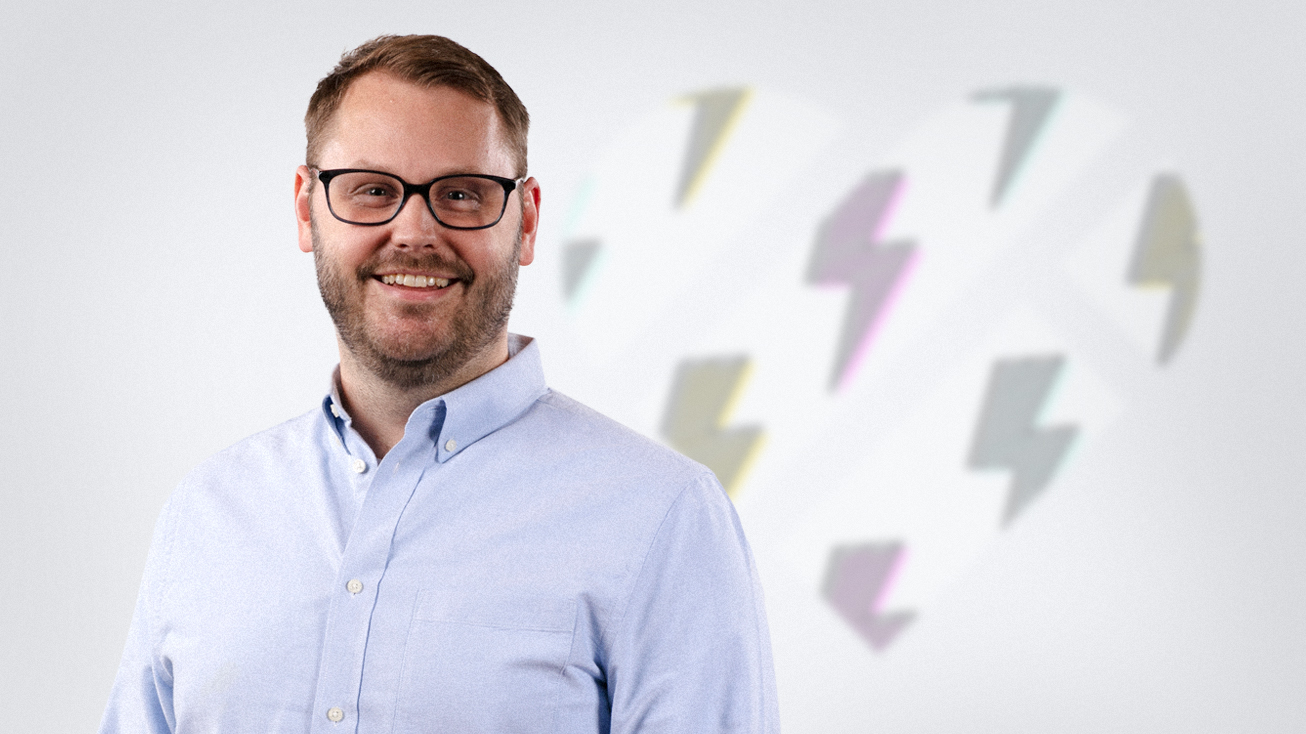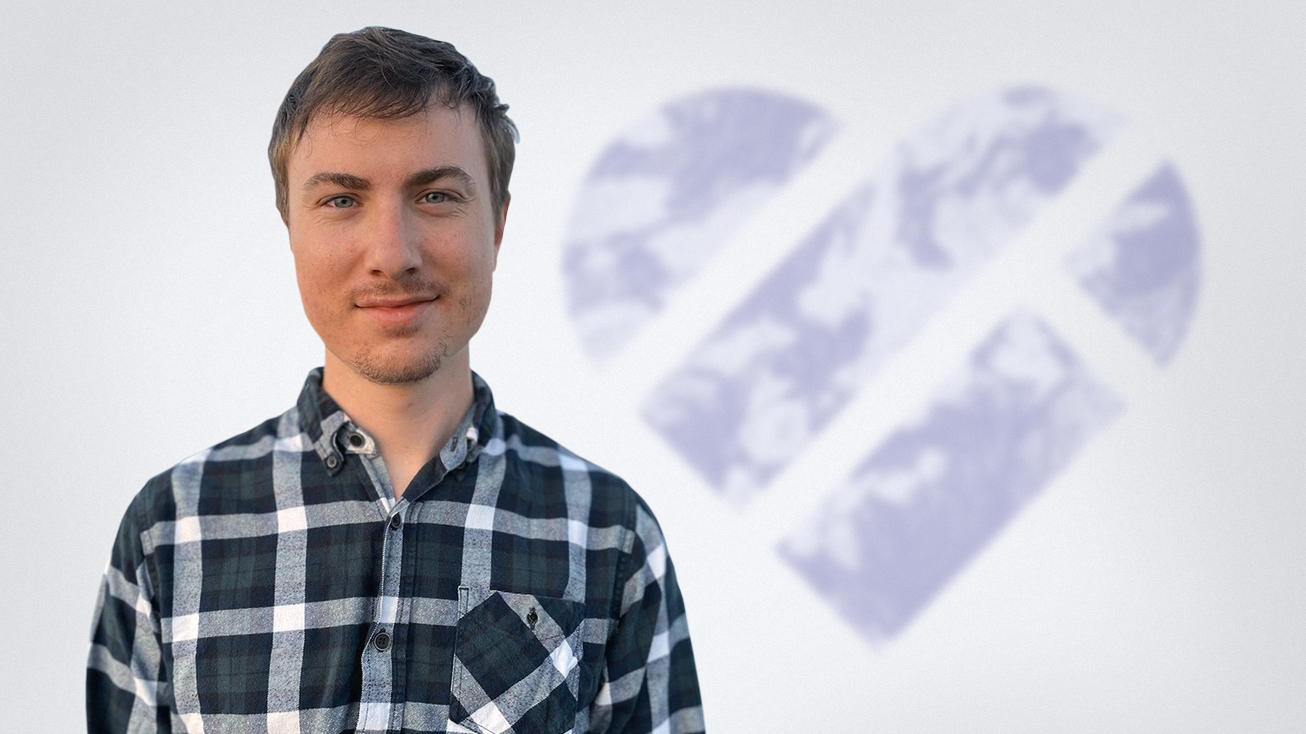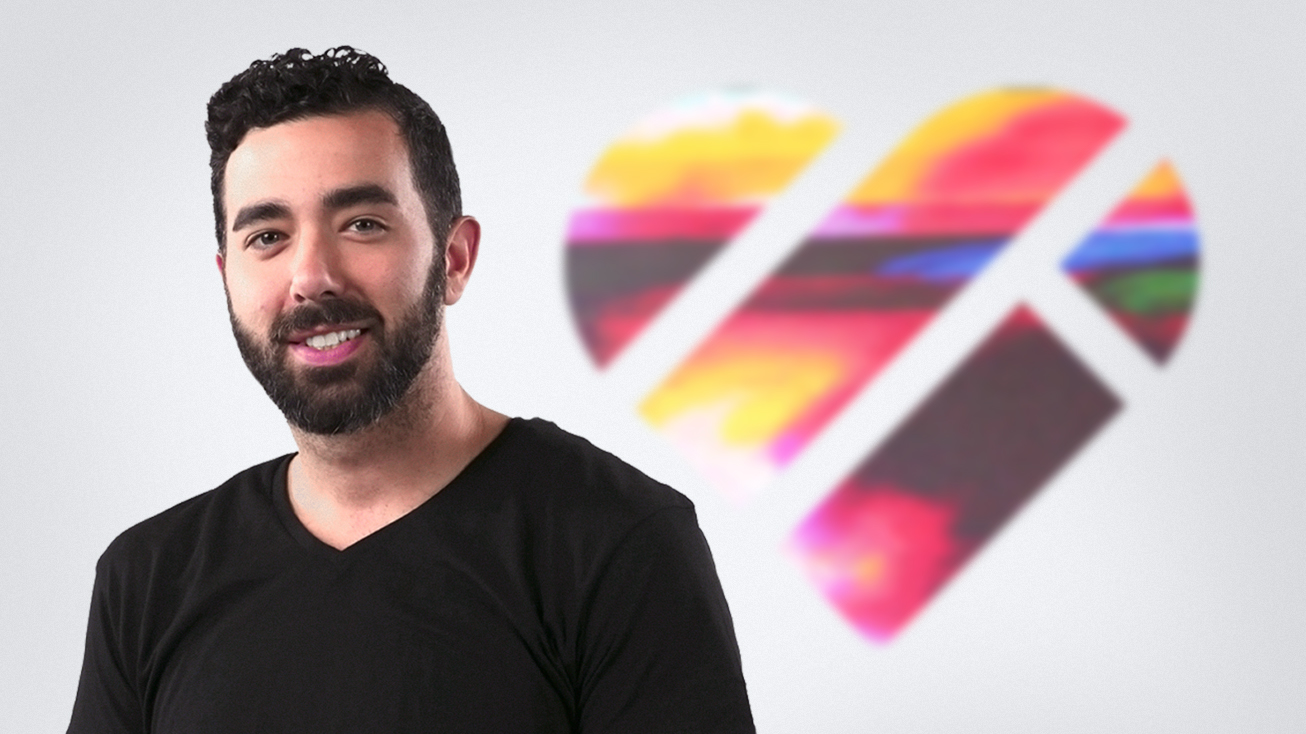Whenever we build a new website, our design team takes great care to infuse each element with the client’s brand personality. They bottle up the essence of what makes the organization unique and splash it across every page. Visitors to the site should be able to easily perceive, recognize, and experience the characteristics that make the brand stand out.
Today, we interviewed Digital Impulse’s Senior Web Designer, Joe Gallo, to get his thoughts on creating a website that not only acts as a tool for showcasing products and services but also uses the visual language of design to convey who the business is. The blog below is a written transcription of our chat with Joe. We hope you find it as insightful as we did!
Starting to Construct a Site that Reflects a Brand’s Style and Character
DI:
Building a new site is a great opportunity for companies to consolidate and re-polish their image. How do you work with clients to identify those characteristics and allow them to shine through on a new website?
Joe:
It starts with the kickoff call where you listen to the people behind the brand and absorb everything they say about themselves and their work. Initially, it’s about letting them tell you who they are, and a unique style and voice emerge from there. While pre-kickoff research is important, really chatting with the team gives a fuller, more accurate picture of who they are.
DI:
Do you start formulating web design ideas right away?
Joe:
As I listen to a client, I try to read between the lines, and the gears start spinning. The goal is to collect general thoughts on how they see themselves and how they want others to perceive them. From there, we begin bringing their brand personality to life visually on the website. So, yes, the design process begins right away, but it’s about understanding the company’s personality and voice before creating graphics and copy. We work hard to convey that essence using imagery, copy, etc., during the branding process.
The research stage of the web design process
DI:
What sort of research do you do when coming up with a website design?
Joe:
The answer to a lot of these questions is going to be, “It depends on the client.” And this is definitely one of those.
Professionalism dictates that we always do some research before embarking on a new web build. And it’s not that it’s a hassle or anything, I always find myself curious and wanting to dig a bit further into what our clients do and why it matters.
But the fact of the matter is, certain projects really do require much more research than others. Especially the projects we do for more technologically-inclined companies. We don’t have a set process for research; it’s a case-by-case thing to fill in the gaps and discover key information.
Either way, I think doing a bit of extra research about what a client does is a great idea because it helps uncover those little gems or hidden nuggets of information that will make the website that much better. Sometimes, those seemingly minor details end up being what’s truly special about the website once it’s finished.
DI:
Do you have any examples of projects where doing extra research paid off?
Joe:
Zapata is a good example of a client that we needed to do some serious self-educating about. We worked with them a while back, and they were all about quantum mechanics and the software behind it.
As I’m not a physicist, I had to do some research to understand what our client did, which involved reading about quantum mechanics and terms like superposition. Connecting those dots helped with the execution and brought everything together, especially for those who understand those concepts. I imagine that they’d see the site and appreciate its authenticity. They’d think oh, that’s kind of clever. I get it. I understand that.
That part is fun for me because I get the satisfaction of coming up with something that makes sense and that will click for the client’s target demo. So, that project was an enjoyable one.
Incorporating target audiences and buyer personas in the website’s design
DI:
How does the client’s target audience factor into the creative process?
Joe:
Thinking about our client’s buyer personas, intended users, etc., isn’t a step in the process. It’s a constant presence throughout the process. From start to finish.
When you design a website, you’re building something that’s meant to be used and interacted with. That being the case, it’s impossible not to see the design – in all stages of its creation – through the eyes of the people who will ultimately be using it.
So, whenever I think a design element looks good, the automatic (usually unconscious) follow-up thought is what will the user think? How will this impact their experience?
It sounds obvious, but, in the end, I’m not making this website for myself; I’m making it for the client’s intended user base. Therefore, creative decisions become a balancing act between trusting my eye to identify designs that work while keeping in mind who the design is meant to work for.
Like with Zapata, we tried to include designs and content that would resonate with a specific scientific audience. But we also incorporated lots of elements that simply held up visually and had expression and personality without all the hidden quantum physics references.
In short, I would just say that our creative process doesn’t follow a set order because we consider the brand, goals, and audience simultaneously since they’re interconnected and mutually reinforcing.
How to think critically, creatively, and independently while building a site
DI:
Do you ever find that there’s a difference between a company’s true personality and the personality that they portray on their website?
Joe:
Oh yeah.
But that’s fairly standard for humans as well as companies. There’s always a gap between who someone truly is and who they portray themselves as being. Therefore, the aim is to highlight the unique, genuine personality traits that differentiate them, while smoothing over less endearing ones.
The goal is not to mislead, but to control the narrative tactfully and strategically, giving an honest impression of the brand’s personality. In other words, you want to pull back the curtain but not totally rip it off the rods.
We figure out how the client wants to come off, and how they are coming off, and then use design and marketing to shift public perception towards the latter.
DI:
How do brand guidelines fit into this whole equation?
Joe:
Some clients have strict brand guidelines, but there’s usually some spare space for us to operate creatively. If I see a way to make a design better, and that creative suggestion bumps up against a client’s guidelines, they always at least entertain the idea because they know that being flexible and adaptive is important, even while respecting rules.
Businesses with too-vague guidelines can create inconsistent and incohesive branding. In these cases, simplification and consolidation can help create a discernable personality. It’s challenging but exciting to work on blank slate projects like this, where the client is not well-established, so there’s more license to suggest something new.
Ultimately, it depends on the client’s openness to change and which piece of their branding we’ve been asked to help with. If we’re just touching one part of their digital presence, and their marketing materials live in a dozen other places, then we can’t change things too much because it would disrupt the overall style.
DI:
How do you deal with creative suggestions being rejected?
Joe:
Sometimes I have exciting ideas that get shot down. But in the end, it’s about creating something that everyone’s proud of and does the client’s vision justice. Everybody has opinions, and sometimes those opinions clash, but it’s good to remember that we’re all trying to make it work.
Also, I’m always fighting for the client, not against them. So even if we don’t see eye-to-eye, I try to have them understand my thought process and decision-making and vice versa. That’s why it’s so satisfying when things come together in a way that makes everyone happy. Those moments of coming together are what makes creative partnerships really strong. When someone goes “Ah! I see what you were trying to do there.” It builds trust, which makes projects run much more smoothly.
Incorporating the client’s brand personality into the final web design
DI:
So, why is it important to convey a business’s personality on its finished website?
Joe:
Sometimes you understand the nature of what a company does, but you don’t really know who they are. Once you give their branding (in this case, their website) a defined personality, it makes everything feel more elevated and well-rounded.
Personality is at least somewhat important in all industries, as consumers prefer to know who they are dealing with. And for us, emphasizing a client’s personality on their new website really depends on their priorities and how much they give us to work with.
Some folks only provide a mission or vision statement, and we have to flesh it out from there. Some are very direct and concise when describing their identity, but even in these cases, we try to pick out additional traits that set them apart. No matter what, the final product should reflect a unique personality. The depth and comprehensiveness of that personality are dictated by the resources that they provide us.
DI:
Is it common for clients to use a new web launch as an opportunity to revise their brand image?
Joe:
If a company was already considering doing a sort of creative refresh, then the launching of a new website is the perfect time to do it.
Sometimes there are companies that come to us with a less established set of brand rules, and they give us full creative freedom to make changes with things like typefaces and colors. It is a lot of fun to work with the client in these cases to redefine their brand personality.
DI:
How do the client’s business goals influence design ideas?
Joe:
All marketing should be goal-oriented, so the web design should also align with the goals. Understanding the client’s business objectives helps determine the creative direction. Just like goals influence the tone and voice when we write ad copy, goals also influence the visual language we use.
For some websites, a more stripped-down utilitarian approach is effective, so we focus on clear designs and minimalist graphics. For other websites, a lot of intricate and colorful imagery elevates the experience. Whatever the case, branding, and personality in design should be used to steer users toward conversions.
Examples of personality-rich websites we’ve worked on
DI:
Are there any specific projects that you’ve been excited about lately?
Joe:
Working with CMB was a lot of fun. I really like how that website turned out. The vibe it gave off and the overall expressiveness of the design I think gave it a lot of personality. Also, the framework that we built really housed their content well. Everything fits together in a clean, subtle, nice way.
There are other clients like D’Angelico and Supro that naturally had a lot of brand personality and were a blast to collaborate with. Pigtronix, too, that was a lot of fun.
For companies like these, that already had a well-established visual identity, I think the main challenge was trying to figure out a framework that allowed them to tell their story. The branding was mostly already figured out, so our job was more structural. We had to build a site that was new and improved, but still familiar and recognizable to their enthusiastic supporters.
It’s a fun challenge figuring out how to leverage the best parts of their branding and incorporate those pieces into the blank slate that is their new site. Figuring out the right combinations of new and old, figuring out where less might be more. It’s all part of what makes this job so interesting creatively.
Work with us to build a site that truly highlights who you are
If your business is interested in kickstarting the process of designing a website that conveys your unique brand personality, our team would be happy to chat. Contact us today to get the conversation started!




